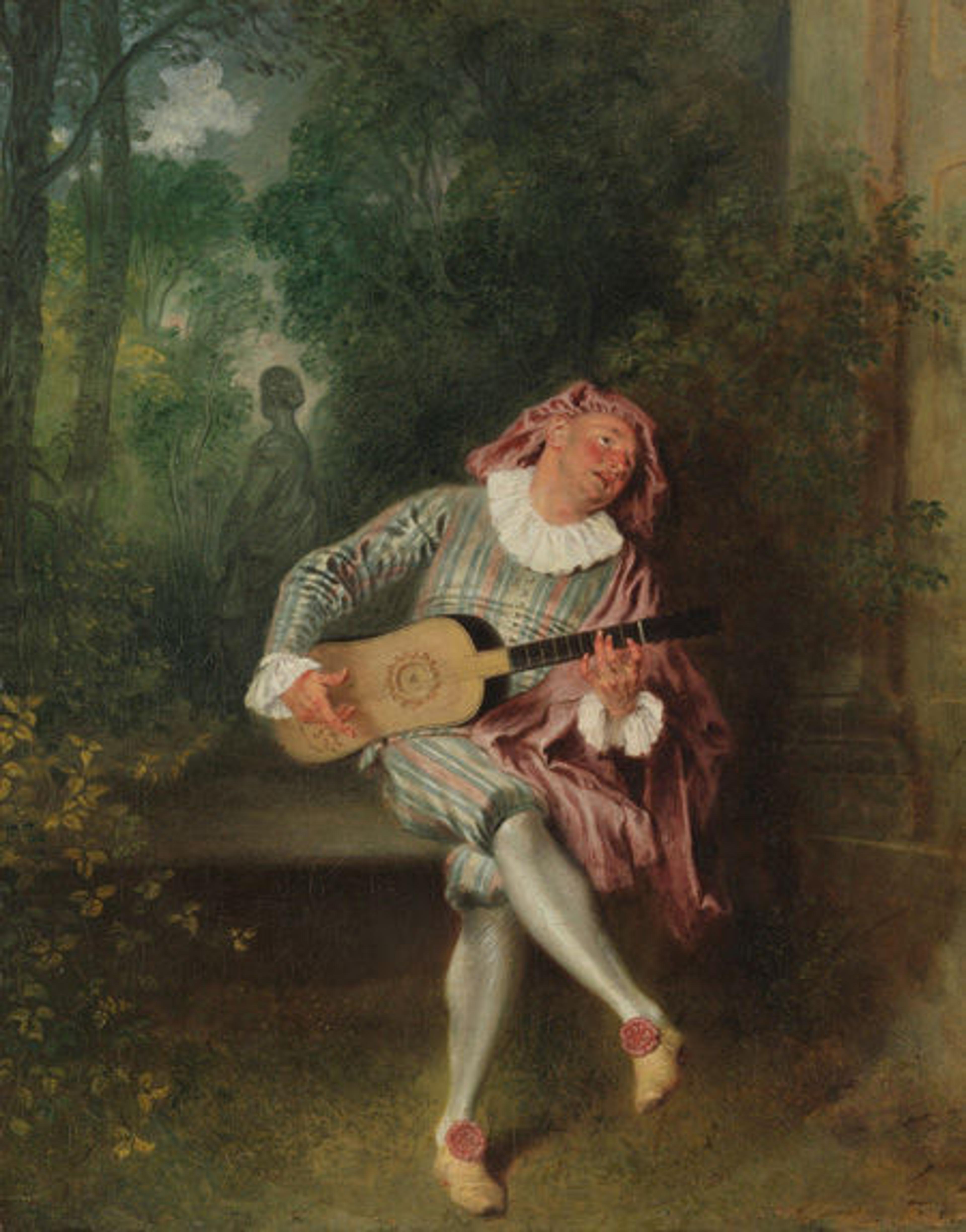
Watteau, Music, and Theater
Focusing on both the visual and performing arts, Watteau, Music, and Theater explores the rich connections between painting and theater at a time when Louis XIV had reigned in France for some six decades. Its contents will engage admirers of the art of Jean-Antoine Watteau (1684–1721) and that of other early eighteenth-century French artists. The fascinating developments in music and theater that took place in Paris during the early years of the eighteenth century, after the young Watteau arrived in the vibrant French capital, are the subject of this volume.
An introductory essay by Pierre Rosenberg de l'Académie française, Honorary President-Director of the Museé du Louvre, Paris, opens the publication. A second essay by Georgia J. Cowart, Professor of Music at Case Western Reserve University, furnishes instructive background information on the period's cultural milieu. A chronology of Watteau's life reveals the few facts known about this intriguing and somewhat mysterious artist. Brief biographies of the other artists represented are also included.
Fifteen major paintings by Watteau and a number of his drawings demonstrate the ways in which the painter's vision reflects his involvement with actors, musicians, and the stage. The works discussed range from enchanting single figures to animated assemblages of players from the French and Italian theatrical tradition. You will meet Mezzetin, a stock character of the commedia dell'arte; Harlequin, garbed in the traditional black mask and a diamond-patterned costume; the cheerless and egotistical manservant Crispin, a leading stock comic character of the French stage; and Pierrot, a French charmer in his loose "clown" costume and pointed hat.
The first of the sixty-three entries that examine individual works of art is Watteau's The Island of Cythera, an early canvas from about 1709–10, associated with the finale of Florent Carton Dancourt's play Les Trois Cousines, in which French villagers undertake a pilgrimage to the temple of Venus's son Cupid in search of love. Among the additional paintings by Watteau are Italian Comedians, in which the huge assemblage of players suggests the bows at the end of a performance, and French Comedians, which represents several aspects of tragi-comic French theater.
The performing arts in Paris are also addressed in paintings by Nicolas Lancret (1690–1743), Jean-Baptiste-Joseph Pater (1695–736), and the Venetian Giovanni Domenico Tiepolo (1727–1804). Dance before a Fountain, a canvas by Lancret, is a classic fête galante in which young and fashionable characters in their garden world play out the drama of love. The Fair at Bezons, one of Pater's largest and most ambitious canvases, shows the artist in full command of the new genre of the fête galante.
A number of appealing drawings and prints by Watteau and other eighteenth-century artists as well as porcelains and musical instruments are also examined. Examples include Watteau's delightful studies of men and women that served as the sources for his depictions of theatrical characters.
Watteau, Music, and Theater was edited by Katharine Baetjer, Curator in the Metropolitan Museum of Art's Department of European Paintings, and it accompanies an exhibition at the Metropolitan Museum honoring Philippe de Montebello, Director Emeritus.
Met Art in Publication
Citation
Watteau, Antoine, Katharine Baetjer, and Georgia Cowart, eds. 2009. Watteau, Music, and Theater. New York: Metropolitan Museum of Art.
